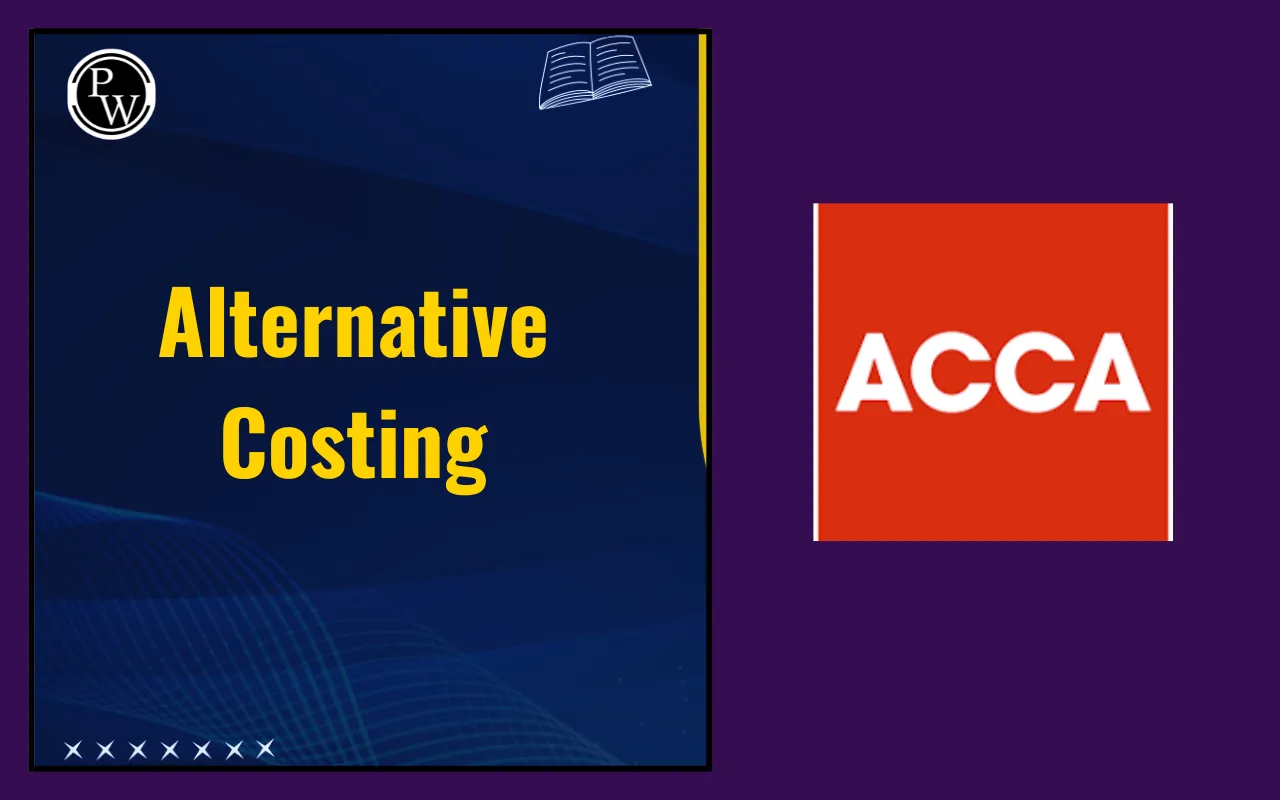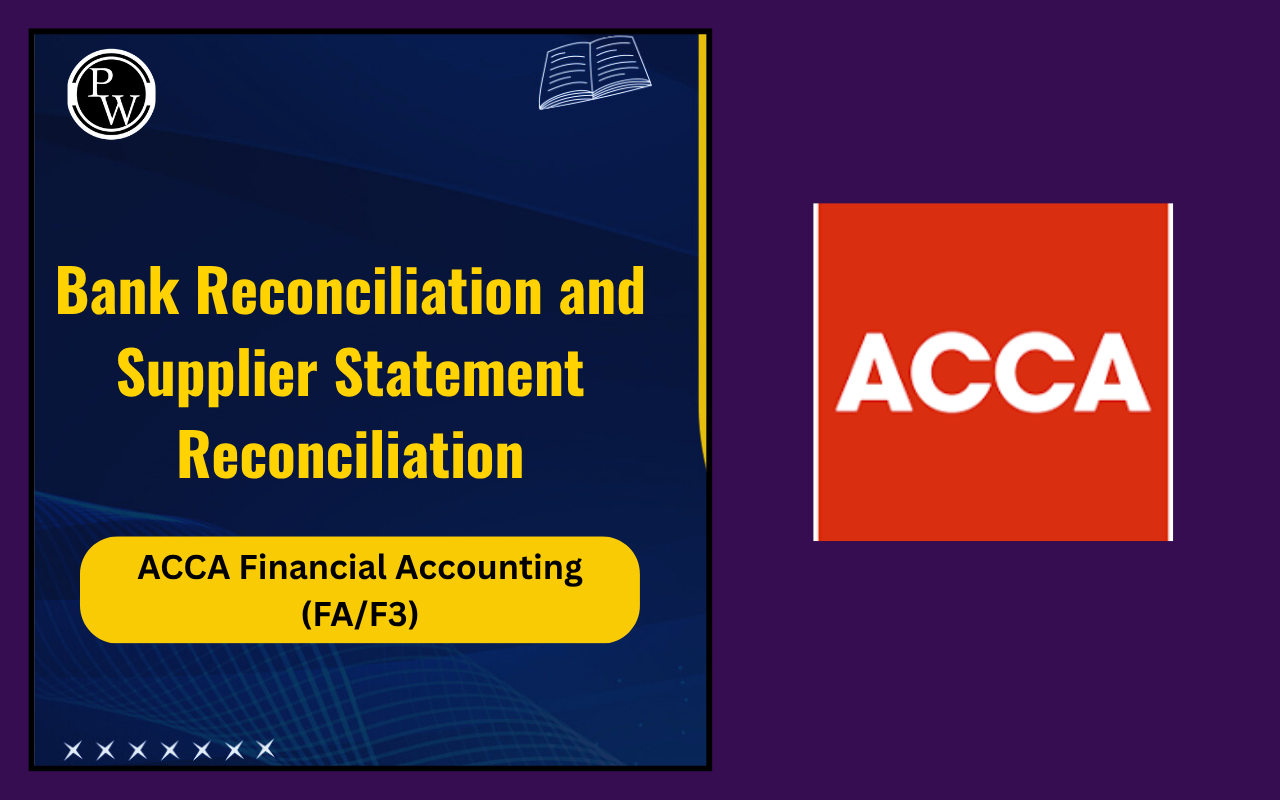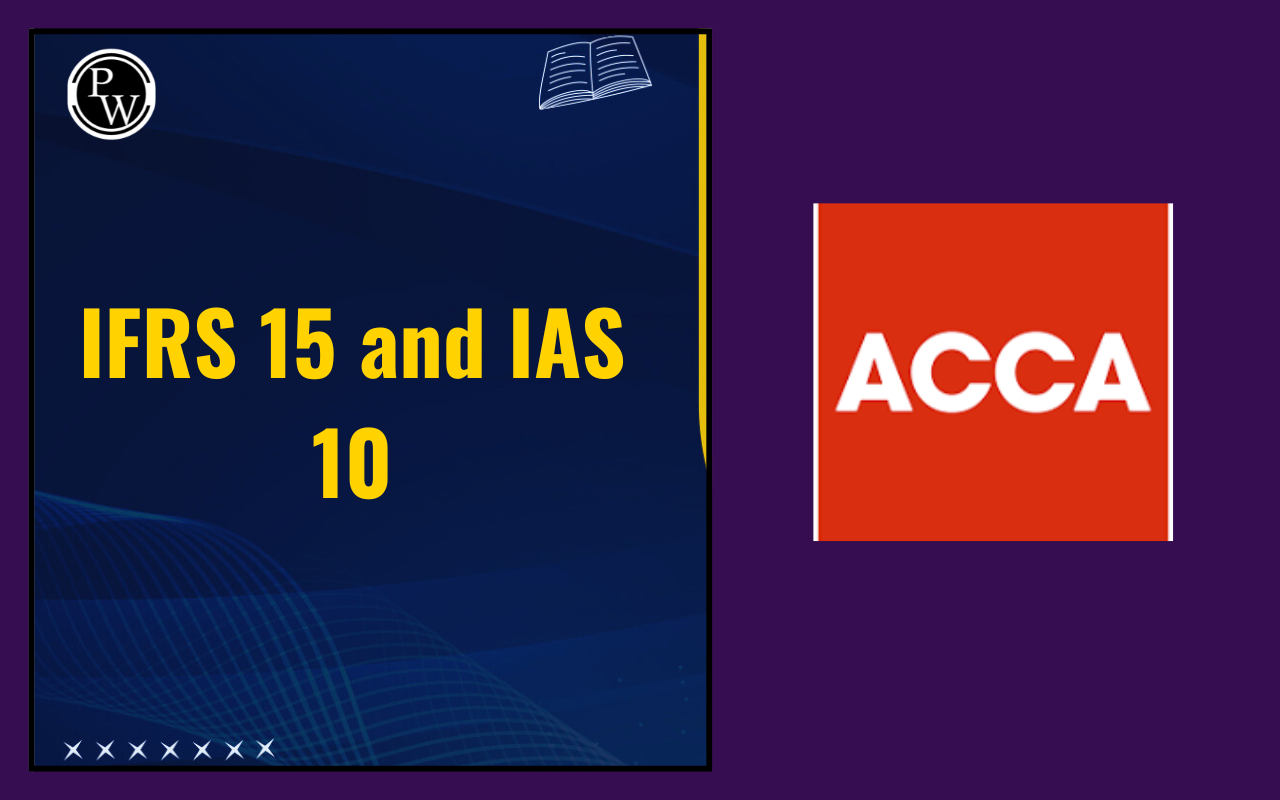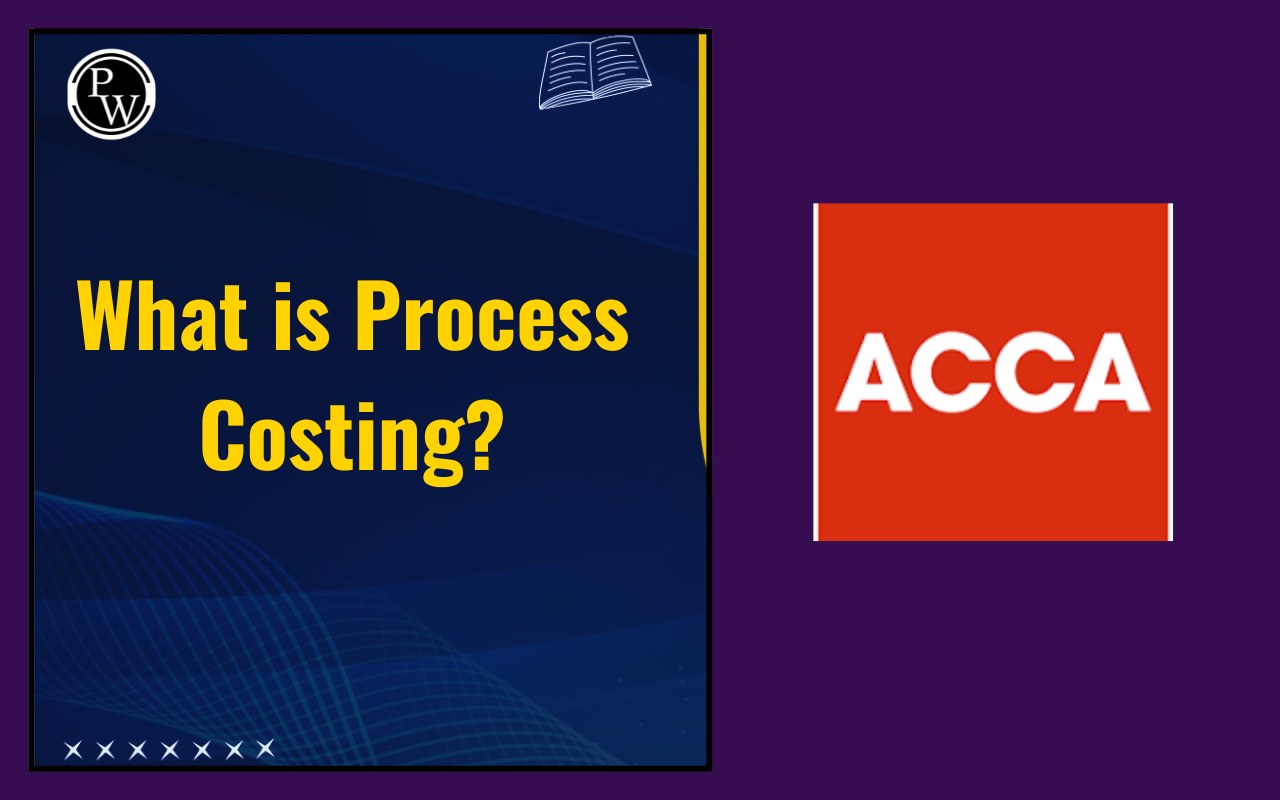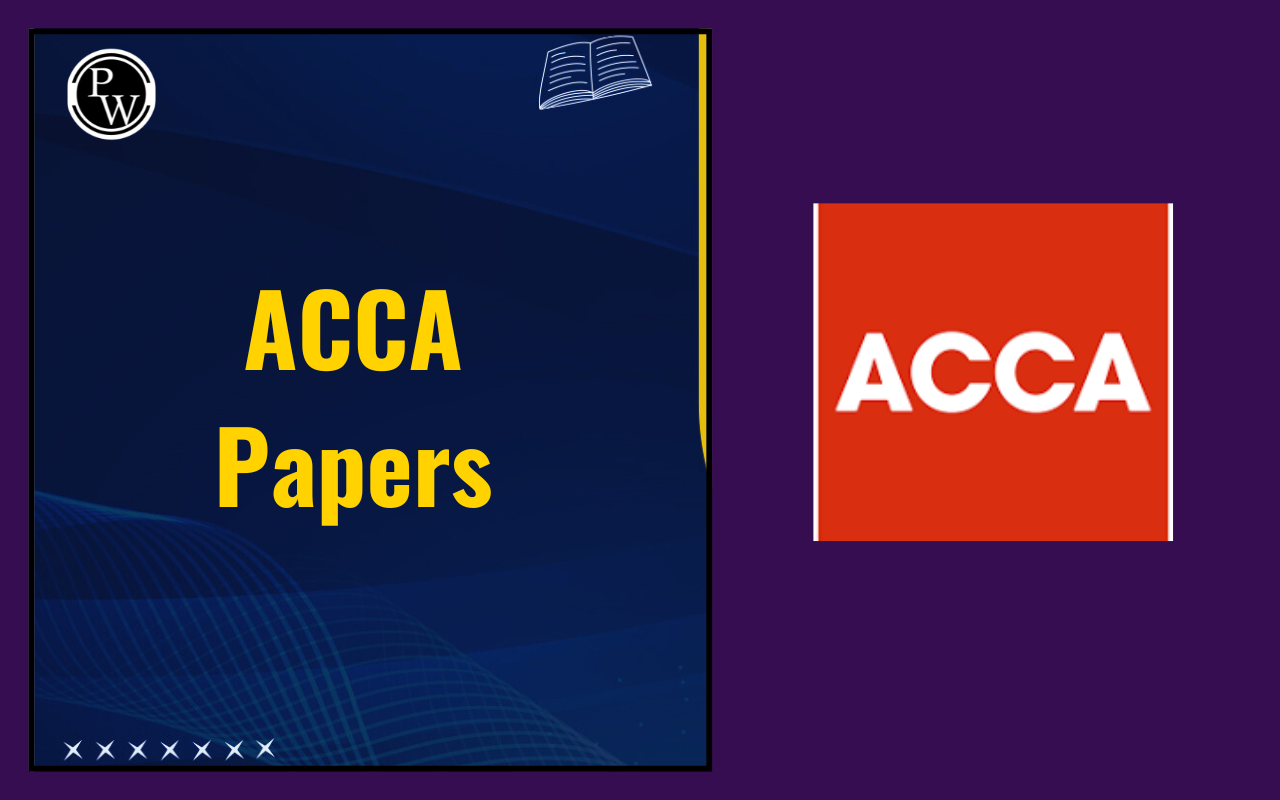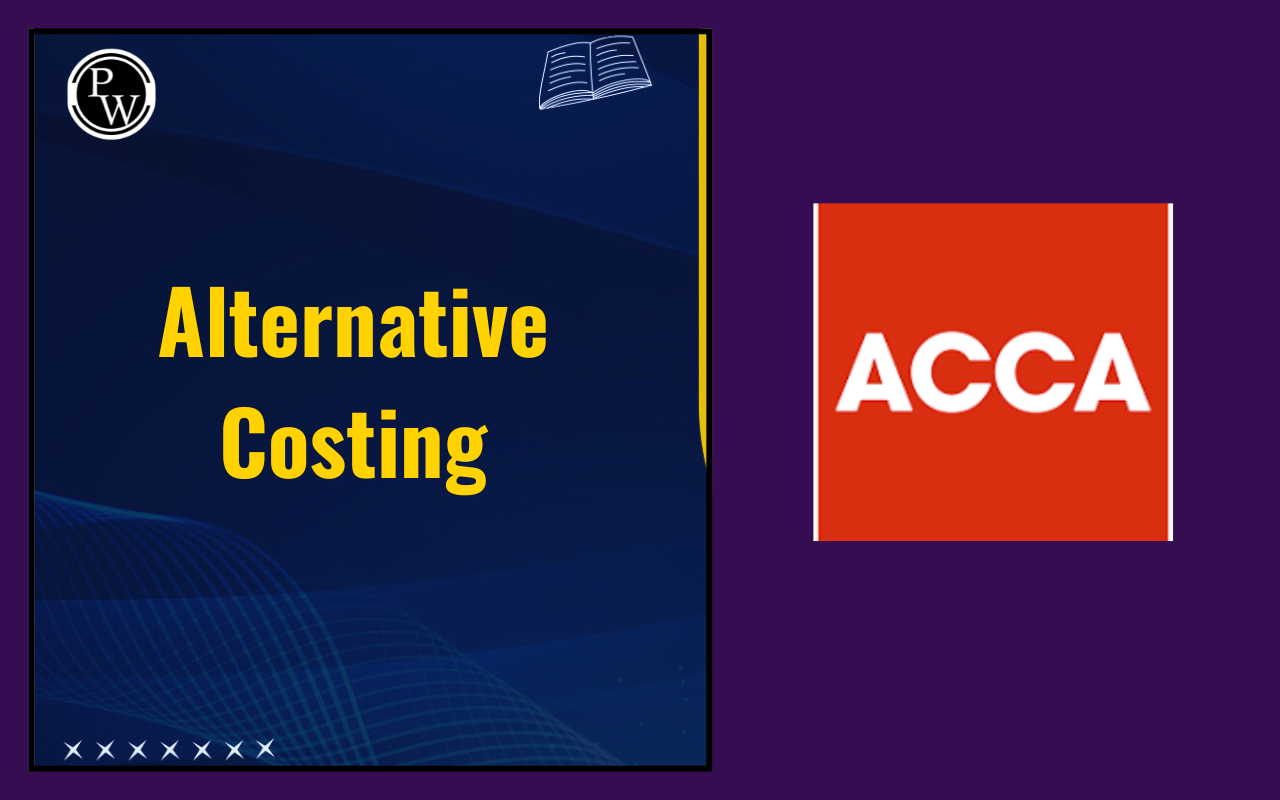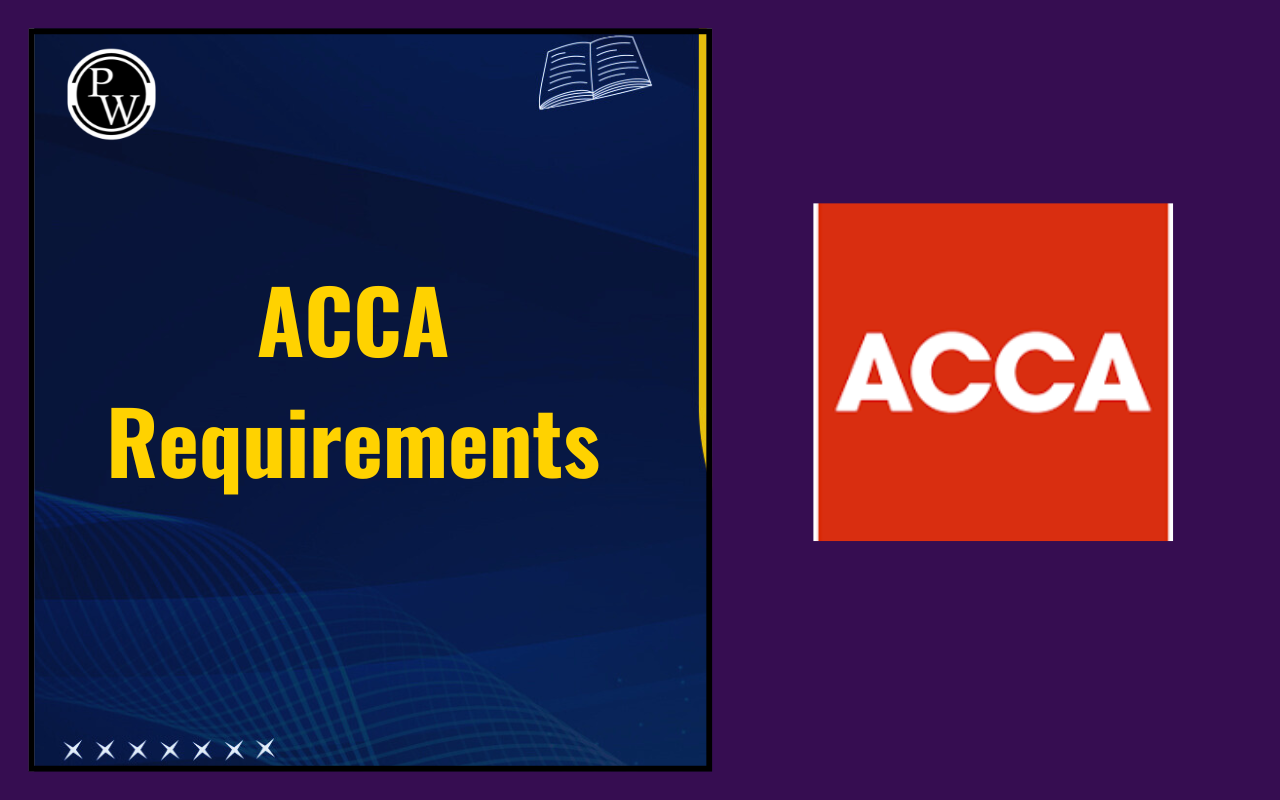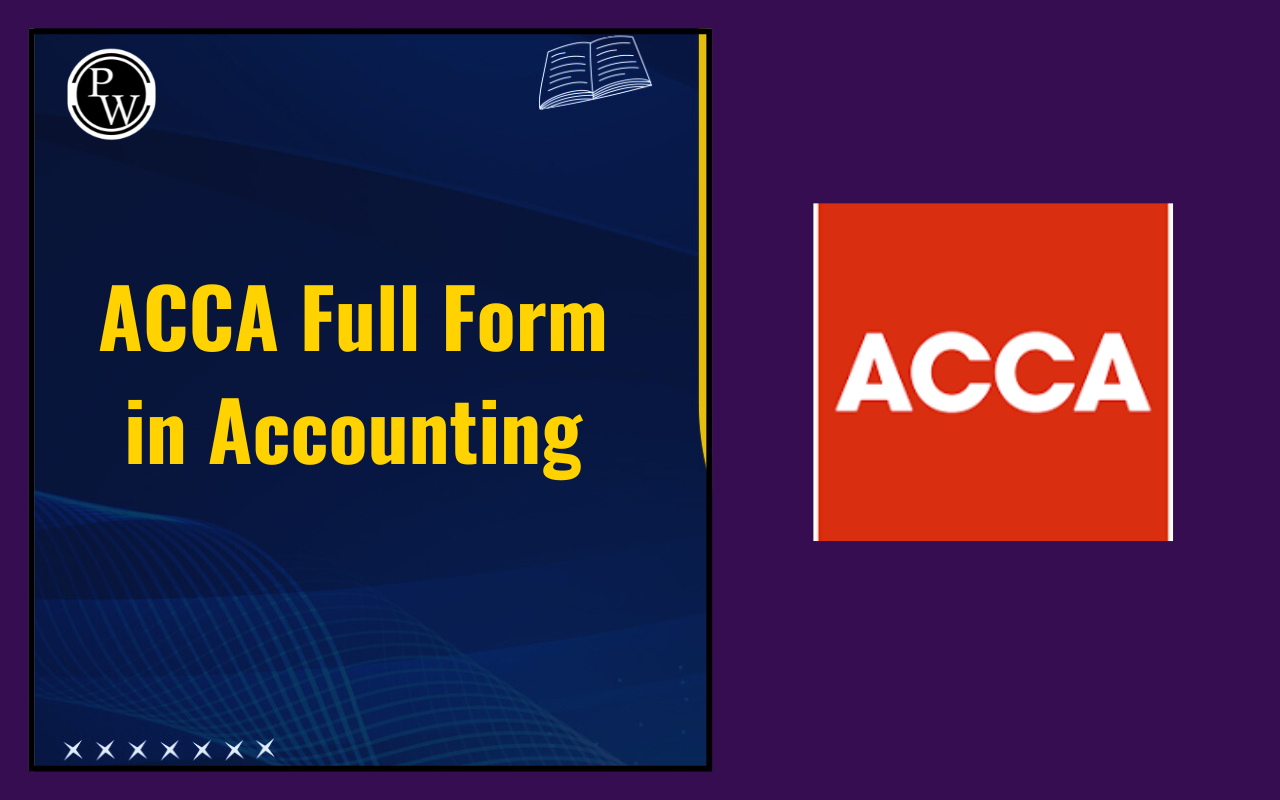
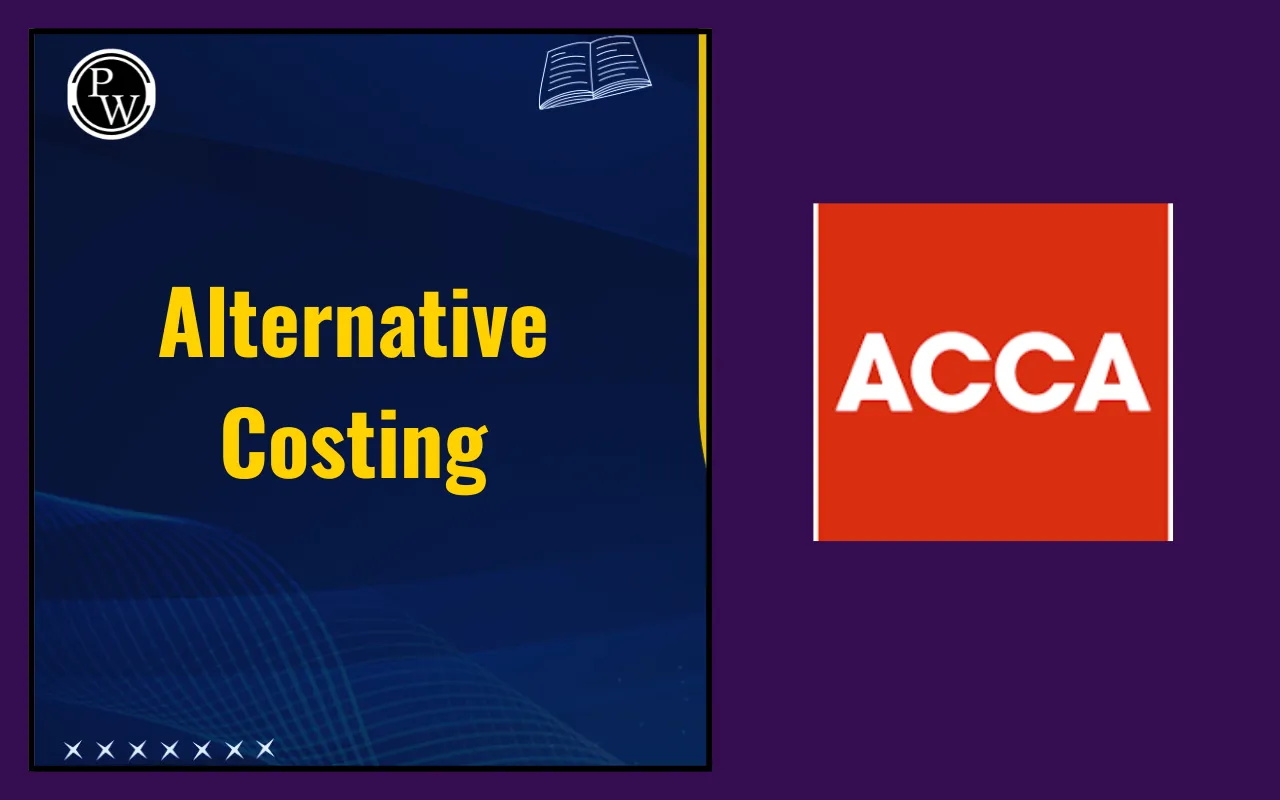
Alternative Costing: Businesses spend money to produce goods or provide services. Understanding how costs behave and how to calculate them correctly is very important to make good business decisions. Traditional costing methods sometimes do not give an accurate picture of costs. But Alternative costing provides methods to calculate costs more accurately and make better decisions for business.
Below, we will learn about three main Costing methods: Activity-Based Costing (ABC), Target Costing, and Lifecycle Costing. We will also understand the differences between these techniques and how they help businesses manage costs effectively.
What is Alternative Costing?
Alternative Costing is known as to new or improved method of calculating costs. Not like traditional costing methods that assign overhead costs using only a single factor, such as labor hours or machine hours, the methods aim to allocate costs more precisely.
Below, we’ve mentioned the main purpose of Alternative Costing to help businesses:
-
Understand the real cost of products or services.
-
Make better pricing decisions.
-
Improve profitability by controlling unnecessary costs.
-
Plan for long-term investment and growth.
Check, also: ACCA Business and Technology (F1)
What is Activity-Based Costing (ABC)?
Activity-Based Costing, or ABC, is a type of Alternative Costing. It calculates costs based on activities rather than using a single factor like labor or machine hours.
In ABC:
-
Overhead costs are grouped into cost pools based on specific activities.
-
Each activity has a cost driver that shows how many resources it consumes.
-
Costs are assigned to products or services based on these cost drivers.
For example, if a factory produces pens, ABC will assign costs based on activities like cutting, assembling, and packaging. This makes cost calculation more accurate than traditional methods.
Advantages of ABC as Alternative Costing:
Below, we’ve mentioned the advantages of ABC:
-
It provides accurate product costing.
-
It helps in pricing and product mix decisions.
-
It identifies unnecessary activities to reduce costs.
Limitations of ABC:
Below, we’ve mentioned the limitations of ABC:
-
More complex than traditional costing.
-
Requires trained staff.
-
Less effective for service industries with high fixed costs.
What is Target Costing?
Target Costing is another important Costing method. It is mainly used in competitive markets where the selling price is determined by customers.
In Target Costing:
- Determine the selling price based on market conditions Subtract the desired profit margin The remaining amount is the target cost, which is the maximum cost allowed to produce the product.
For example, if a pen can be sold for ₹50 and the company wants a profit of ₹10, the target cost is ₹40. The company must design and produce the pen for ₹40.
Advantages of Target Costing:
Below, we’ve mentioned the advantages of Target Costing:
- Ensures profitability from the start.
- Aligns product design with market demand.
- Reduces the risk of losses due to high production costs.
Target Costing is a proactive approach in Alternative Costing. It helps companies focus on reducing costs during the design and production stages rather than after production.
What is Lifecycle Costing?
Life Cycle Costing is a form of Alternative Costing that looks at the big picture. Most costing methods just focus on the costs of making a product. Life Cycle Costing looks at all the costs from the very beginning to the very end of a product's life. Think about a video game console. It costs money to invent it, to make it, to market it, to fix it, and even to get rid of it when no one uses it anymore. Life Cycle Costing includes all these costs.
Below, we’ve mentioned that the life of a product can be broken into five stages:
-
Development: This is the beginning. The company does a lot of research and design. They create prototypes. There is no money coming in yet, only money going out. This stage can be very expensive. In fact, it often accounts for up to 80% of the product's total costs over its life.
-
Introduction: The product is launched. Marketing costs are high to tell people about the product. Sales are low at first.
-
Growth: Sales go up quickly. The product becomes popular. The company starts to make a profit.
-
Maturity: Sales are at their peak. The product is doing very well, but competition is strong. The company might need to spend money on discounts or new versions to keep customers. This is usually the most profitable stage.
-
Decline: Sales start to fall. Customers are moving on to newer products. The company has to decide when to stop making the product. They must be careful not to keep making it and start losing money.
Life Cycle Costing helps a company see the true profitability over the entire lifespan of the product. A product might seem profitable if students only look at the production stage, but when they add in the huge costs from the development stage and the costs to get rid of it later, the product might not be profitable at all.
Difference Between Alternative Costing Techniques
There are three main Alternative Costing techniques: ABC, Target Costing, and Lifecycle Costing. Each method has a different approach to calculating costs. Understanding these differences helps businesses choose the right method.
| Difference Between Alternative Costing Techniques | |||
| Feature | Activity-Based Costing (ABC) | Target Costing | Lifecycle Costing |
| Approach | Assigns costs based on activities and cost drivers | Sets cost based on market price minus desired profit | Considers all costs over the product’s entire life |
| Focus | Accurate product costing | Profitability and market alignment | Long-term cost and profit analysis |
| Advantage | Identifies unnecessary activities and reduces cost | Ensures cost control from the design stage | Helps plan investments and product discontinuation |
| Limitation | Complex and requires trained staff | May not consider long-term costs | Requires tracking costs over many years |
| Suitable for | Companies with high overhead and complex production | Competitive markets | Products with a long life cycle and high development costs |
These methods provide better ways to calculate costs compared to traditional methods. Activity-Based Costing (ABC) focuses on assigning costs based on activities. Target Costing starts with market-driven prices to set cost limits. Lifecycle Costing looks at all costs throughout a product’s life.
By using the Costing methods, businesses can make better decisions on pricing, product design, and investment. They can also identify unnecessary costs and plan for long-term profitability.
Alternative Costing FAQs
What is Alternative Costing?
How does Activity-Based Costing (ABC) work?
What is the purpose of Target Costing?

